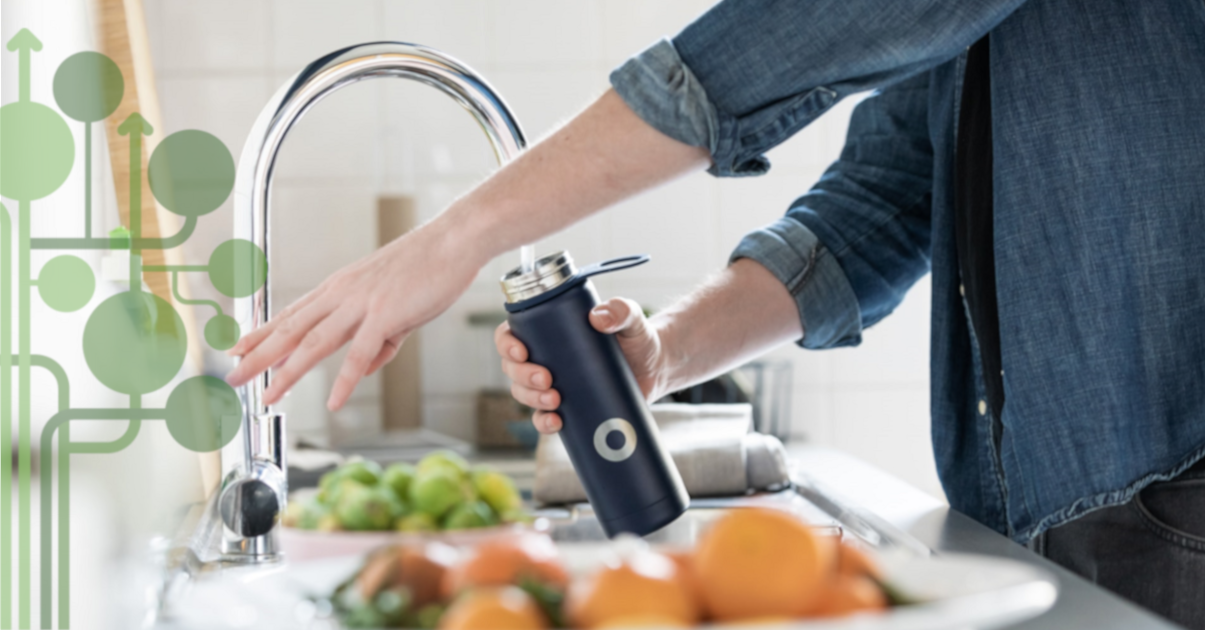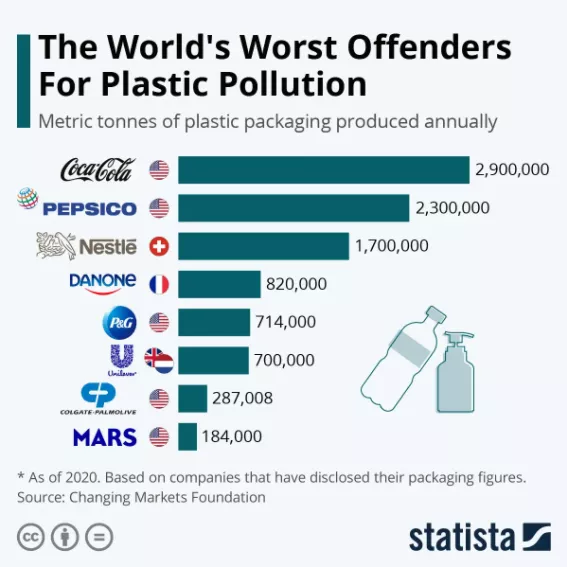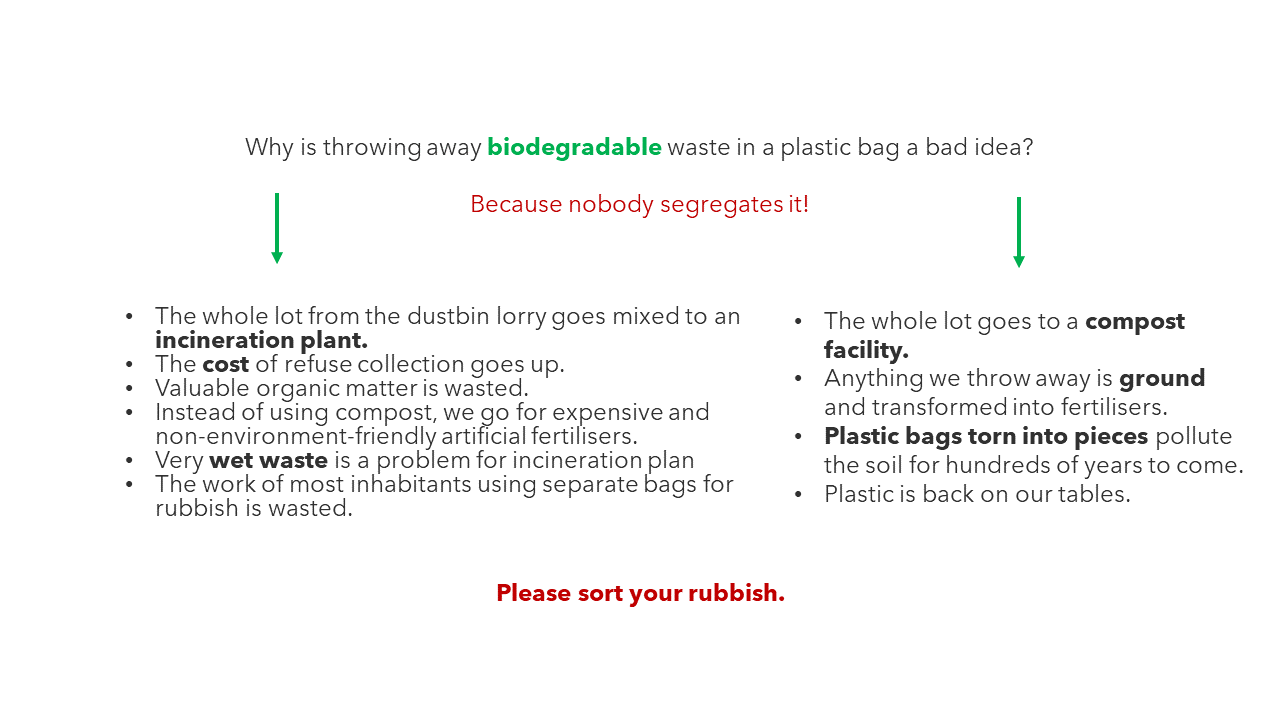Passive environmental education - how to subconsciously develop eco-friendly habits
7 min read- like, share, comment!
First published in Polish by Joanna Tabaka
When I was a child, I often heard this sentence: “Do as I tell you, do not do what I do”. As you can imagine, the effect was opposite to what was intended.
When we are children, we imbibe anything. We watch mainly our parents, but also our siblings, aunts, uncles, friends as well as complete strangers in the street or in shops. We slowly develop new habits. We fall into them over time, and we acquire new ones to give up those we have developed. And that is for various reasons.
However, in my adult life, apart from active self-education, I make my habits more environment-friendly through self-education and by watching other people do it. That is why setting examples of various good practices is frequently an unconscious stimulus to change our behaviour. Carrying your own bottle of water is the best example. This habit was later developed by my partner, although I had never encouraged him to do so. After a week of bringing his own bottle to his workplace, he noticed that one of his colleagues had started doing the same. Sometime later, another person started bringing their own bottle. Therefore, there was no need for active education for the good habit to be developed by other people.

Photo by Bluewater Sweden on Unsplash
Idol influence
Something that happened during the most recent European Football Championship had a more wide-spread impact. At a press conference following a football match, Cristiano Ronaldo removed Coca Cola bottles in front of him[1]. He raised his bottle of water and said: “Drink water”. It turned out that as a result the value of the company’s shares dropped by almost one dollar - from USD 56.1 to USD 55.2. Therefore, the market value of the company dropped by USD 4,000,000,000! Why is that important for the environment? Coca-Cola ranks first among companies producing the biggest number of plastic bottles. It is as much as 2.9 million tonnes per year[2]! Therefore, it is vital to involve idols and celebrities in meetings or talks as when they talk their good habits, they influence their fans. Sometimes it is enough to quote a person and what they do to exert influence. That is why it is a good idea to invite such people as Dawid Podsiadło or the Kwiat Jabłoni group who - apart from composing music - also stress the importance of taking care of environment.

Here is another example, this time straight from Poland. A newly elected mayor started cycling to work. Some time later he got a phone call from another mayor who started complaining that his electorate expected him to stop using his car.
In the background, on the scene
“Ilona Łepkowska says that she finds it difficult to use a book as a prop in Polish TV series, as their producers protest: books are not associated with an ordinary Polish home”. That is what Tomasz Makowski, head of the National Library, said in his interview given to the Gazeta Wyborcza”[3], apparently being extremely aware of the massive influence of Polish TV series on the behaviour of the audience. Therefore, environmental education should be included in films as well. This is not only about producing less waste, but about a scenario including environment-friendly practices. For example, little girls are to play with wooden building blocks and not with glue, balloons and glitter. If there is a party, the table is to be full of vegetarian dishes and instead of scenes shot in a car, actors are seen cycling. Lately I have started watching TV series from the perspective of good practices and, unfortunately, it is those harmful for the environment that dominate. It is not only the film, but also the theatre industry that have lots of room for manoeuvre by choosing stage designs and props free from plastic.
An eco-message on the wall
A survey concerning audience satisfaction administered by one theatre contained a number of complaints that the toilet paper was grey, meaning - recycled. That theatre takes great care of the environment, for example its stage designs are organic and composed of natural materials. But it does not inform people about it. That is why it is so important to publicise your choices. If the toilet had displayed information why there was no white toilet paper and how the theatre reduced environmental footprint by providing grey paper, that kind of practice would not only have minimised the negative effect of this solution, but it would have prevented the complaints in the first place.
Another example of strengthening environment-friendly habits thanks to appropriate messaging are grass-root initiatives involving inhabitants explaining how to sort “difficult” waste. The latest 2020 research conducted by the Ministry of Climate and Environment shows that the number of people sorting their rubbish has significantly grown since the introduction of provisions concerning waste segregation. However, should we be asked a detailed question how to sort our rubbish, it will become pretty obvious that we do not quite know how to do it. That is where our neighbours’ grass-root initiative comes in. Below is an example of a table explaining why we should not dispose of biodegradable waste in a plastic bag.

That kind of requests concerning our environment is one of the simplest educational ideas. Identify the problem, establish the facts, then implement a solution. That sort of information in the common neighbourhood area, often unconsciously done, will strengthen other inhabitants’ positive behaviour. It is, however, important to emphasise that it is best to avoid imperative and contemptuous messages, whereas humour and titbits should be preferred. It is always a good idea to gain the support of the administration.
Therefore, each one of us is able to shape positive environment-friendly attitudes by setting a good example. It is just as important to create an educational space able to demonstrate ecological solutions in an unconscious way.
Joanna Tabaka – a coach, mentor, blogger, podcaster, expert on communication and building audience development strategy in the culture sector. For some years she has been watching environment-friendly activities and looking for ways to disseminate knowledge and practice in this field, involving - in particular - things pertaining to the role that might be played by cultural institutions in this process. She is a double grant-holder of the Ministry of Culture and National Heritage. She has conducted over 100 workshops and meetings aimed at the promotion of culture and ecology. She keeps two blogs: Widok na Widownię (www.facebook.pl/widoknawidownie) and Zielona Instytucja Kultury (www.facebook.com/zielonainstytucjakultury). She is the author of two publications: „Kultura naturze, z Syrenką w tle. Dobre praktyki proekologiczne w warszawskich instytucjach kultury" and „Zielona Instytucja Kultury”.





Najtrudniej jest zacząć
Każdy pomysł, który ma sprzyjać środowisku jest dobry! Małymi krokami każdy z nas ma szansę pozytywnie wpływać na świat i promować ekonawyki. Kubek termiczny zamiast papierowego/plastikowego kubka na kawę, rower zamiast auta, papier z recyklingu do drukarki, naprawianie, a nie wyrzucanie czegoś co się zepsuło, to drobne kroki, które mają dobry wpływ na świat i które może wykonać każdy z nas, grunt to zacząć to robić.